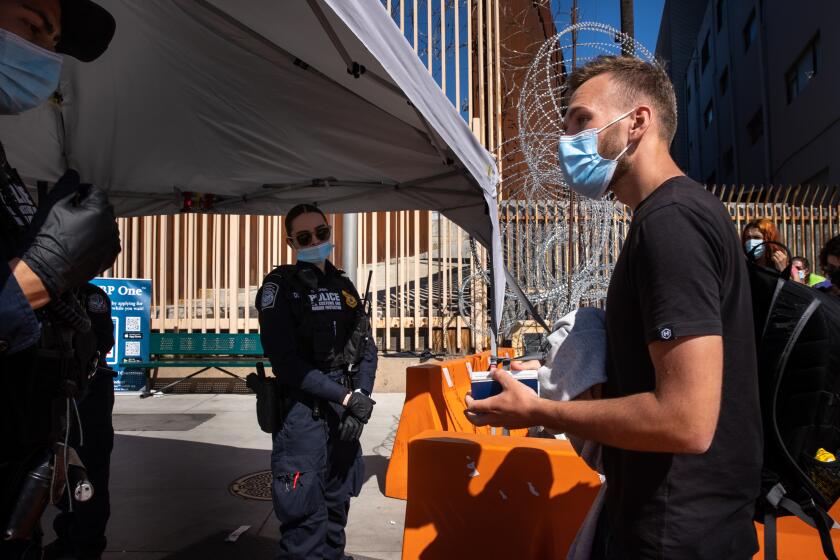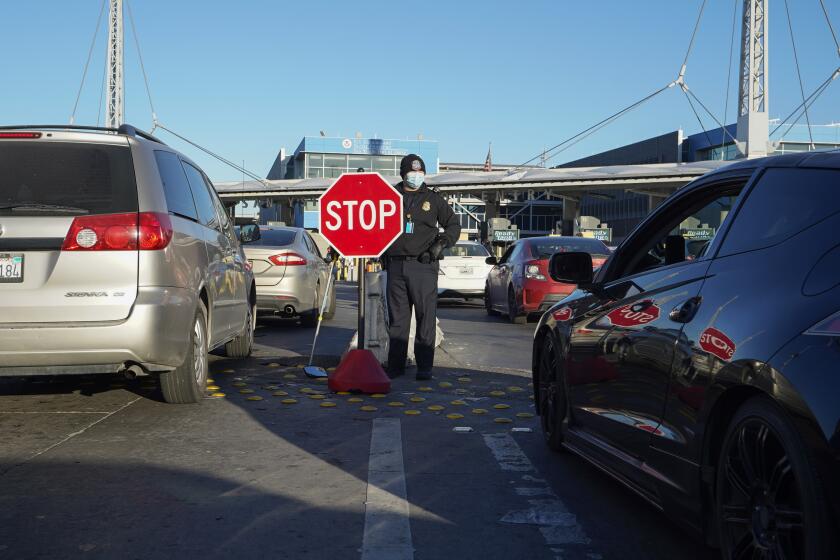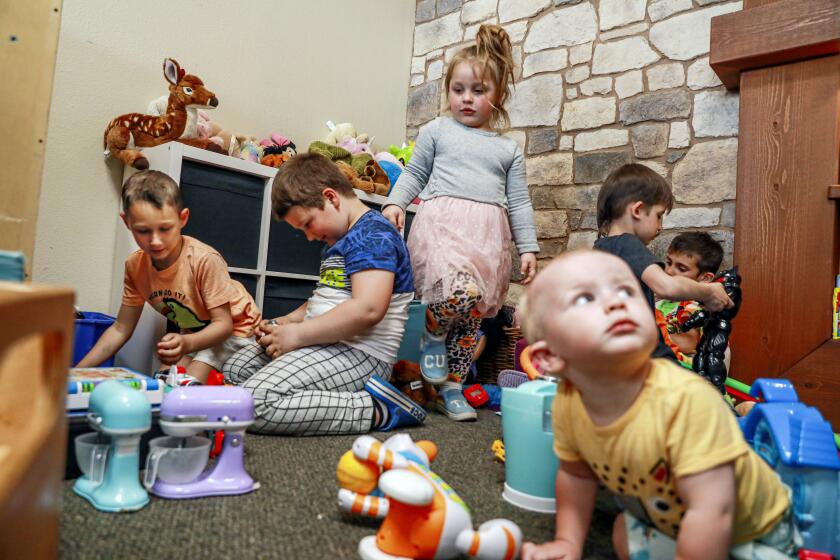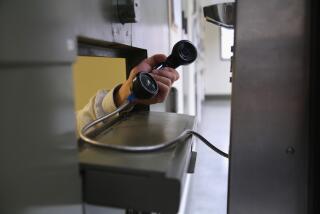
- Share via
Kateryna, a 22-year-old Ukrainian, experienced first-hand how quickly the U.S. government can change the way it processes people who are fleeing for their lives when there is the political will to do so.
She was in Mexico performing with Nikolas Constantine, her boyfriend and ballroom dance partner, when Russia invaded her country. The couple realized that Kateryna could not return to Ukraine. Constantine is a U.S. citizen, so they decided to head for his home in the Los Angeles area.
This story is for subscribers
We offer subscribers exclusive access to our best journalism.
Thank you for your support.
But when the pair, along with Constantine’s mother, on March 3 tried to cross north in a car from Tijuana at the Otay Mesa Port of Entry to present Kateryna to U.S. officers and request asylum for her, Customs and Border Protection took her into custody. They threatened to charge Constantine and his mother with smuggling. Eventually, Kateryna was sent to a detention facility across the country, in the custody of Immigration and Customs Enforcement.
“You don’t know what’s going to happen next,” Kateryna recalled of the experience. “It’s just horrible.”
She asked not have her full name published because her family is still in Ukraine.
How Kateryna and other Ukrainians who arrived in the first weeks of the war were treated stands in stark contrast with how asylum-seekers are being received now.
U.S. border officials use Title 42, a pandemic border policy, in ways that allow some to seek asylum while keeping others out.
What happened to the earlier arrivals illustrates how the system usually functions if someone is able to reach U.S. soil and request asylum without being expelled. Once federal officials decided to treat Ukrainians differently from other migrants fleeing potentially deadly situations in their home countries, the entry process for them became quick, with no time in custody before being released into the United States to reunite with loved ones.
Neither CBP nor ICE responded to requests for comment about what happened to Kateryna.
Weeks detained
After Kateryna was taken into custody at the border, CBP put her in a little room at the Otay Mesa Port of Entry and questioned her, she recalled.
Meanwhile, Constantine said, he and his mother were held in what he referred to as a cage for what felt like hours. He isn’t sure how much time passed, he said, because their phones were taken from them while CBP searched his mother’s car.
“All these women cops were coming up to us and saying we just committed a felony, we’re going to prison: ‘This is going to be a permanent record. You guys are in so much trouble. We’re towing your car away,’ ” Constantine recalled. “Finally, out of nowhere, like three hours later, two cops came over and gave us our passports and said we were free to go.”
“It’s like they can make their own rules,” Constantine added. “When you don’t have a phone and aren’t able to speak to your lawyer, they have full range of power over you.”
CBP placed Kateryna in five-point shackles — connecting her wrists, ankles and waist — and sent her to the San Ysidro Port of Entry, she said. There, she was kept in a basement holding cell for weeks and permitted to call Constantine only after more than a week in custody. She said she was never allowed to contact her attorney.
Along with roughly 24 other people — mostly Ukrainian and Russian — she had to sleep on the floor of the cell, Kateryna recalled. She was given a thin, metallic blanket that did not keep her warm in the notoriously cold cell. Spanish-speaking asylum seekers have long called such cells hielera (ice chest).

“It was so cold there that after the second day, people started getting sick,” Kateryna said through a friend, who translated from Russian. “Everybody was asking them to at least turn off the air conditioner, and their response was, ‘We cannot turn it off, because we keep it cold to kill the bacteria in the air.’ ”
The food portions were small, she said. She recalled one Ukrainian woman in her 60s who had a heart condition but wasn’t given her medication while in custody.
Constantine and his mother frantically tried to find out where Kateryna was and what would happen to her. His mother reached out to her congresswoman, Julia Brownley (D-Westlake Village) and to the San Diego Union-Tribune. A reporter began sending inquiries to CBP about the case.
“I’ve never seen him so distraught in his life,” friend Matteo Laudati said of Constantine.
After two weeks in the port of entry holding cell, Kateryna was transferred — handcuffed on a several-hour flight — to a long-term detention facility in Louisiana in the custody of ICE. She met dozens of other Ukrainian and Russian women there.
She tried to mentally prepare herself to stay in the facility for months, but after arriving at the South Louisiana ICE Processing Center, she was released the next day. Constantine and his mother say it was because of Brownley’s efforts that Kateryna wasn’t held longer.
Brownley’s office confirmed that the congresswoman had quickly reached out to the White House about the case.
“As a democracy under siege, Ukraine and the Ukrainian people deserve our utmost support and aid — that includes helping Ukrainians fleeing their war-torn country settle in the United States,” Brownley said in a statement.
No officer assigned
Relatives of other early arrivals described a torturous process while they waited to hear from Ukrainians who had been taken into custody.
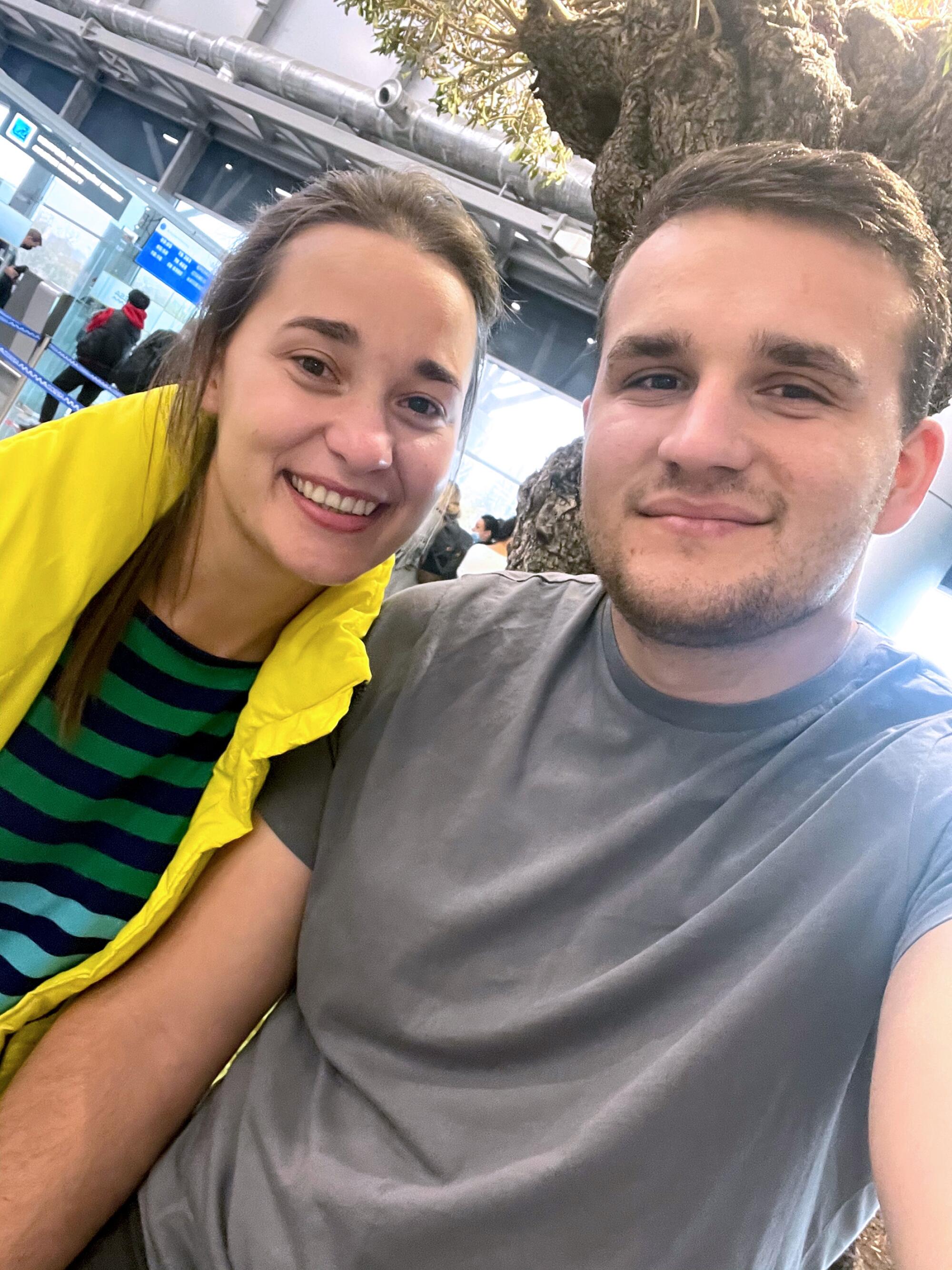
Maksym Armash, 22, spent a week waiting to find out what happened to his fiancee when she crossed the border to San Diego.
Armash, who lives in Virginia, is originally from Ukraine but has had a green card for years. He and his fiancee had an appointment scheduled for April with the U.S. Embassy in Ukraine to get her a visa to join him in the United States, but that was canceled after Russia invaded.
As the couple tried to figure out how to keep her safe, she suggested trying to get to Armash and the United States through Mexico and requesting asylum.
On her fourth try, the fiancee and two other Ukrainian asylum-seekers managed to drive in the San Ysidro car lanes onto U.S. soil, where they were taken into CBP custody.
Ports of entry are still not processing asylum seekers who arrive on foot, so some have resorted to driving onto U.S. soil to request protection
A week later, the fiancee ended up at the South Louisiana ICE Processing Center. Armash was still in San Diego, waiting for her to come through the north side of the port of entry.
In the meantime, his sister and her family had come to Tijuana, walked up to U.S. officials and been processed into the United States in an hour, he said.
“I was so confused — like, seriously, what’s wrong? What’s different with my fiancee?” Armash recalled.
After a public outcry over a Ukrainian family being turned away from the border under Title 42 — a policy enacted during the COVID-19 pandemic that allows officials to keep asylum-seekers and other undocumented migrants off U.S. soil or expel them without screening them — U.S. policy shifted seemingly overnight.
Ukrainians are now fast-tracked through ports of entry from Mexico and are released on the north side of the building through humanitarian parole, which gives them one-year permits to remain in the United States. Those permits are similar to the ones that were given to Afghan evacuees when the Taliban took over Afghanistan.
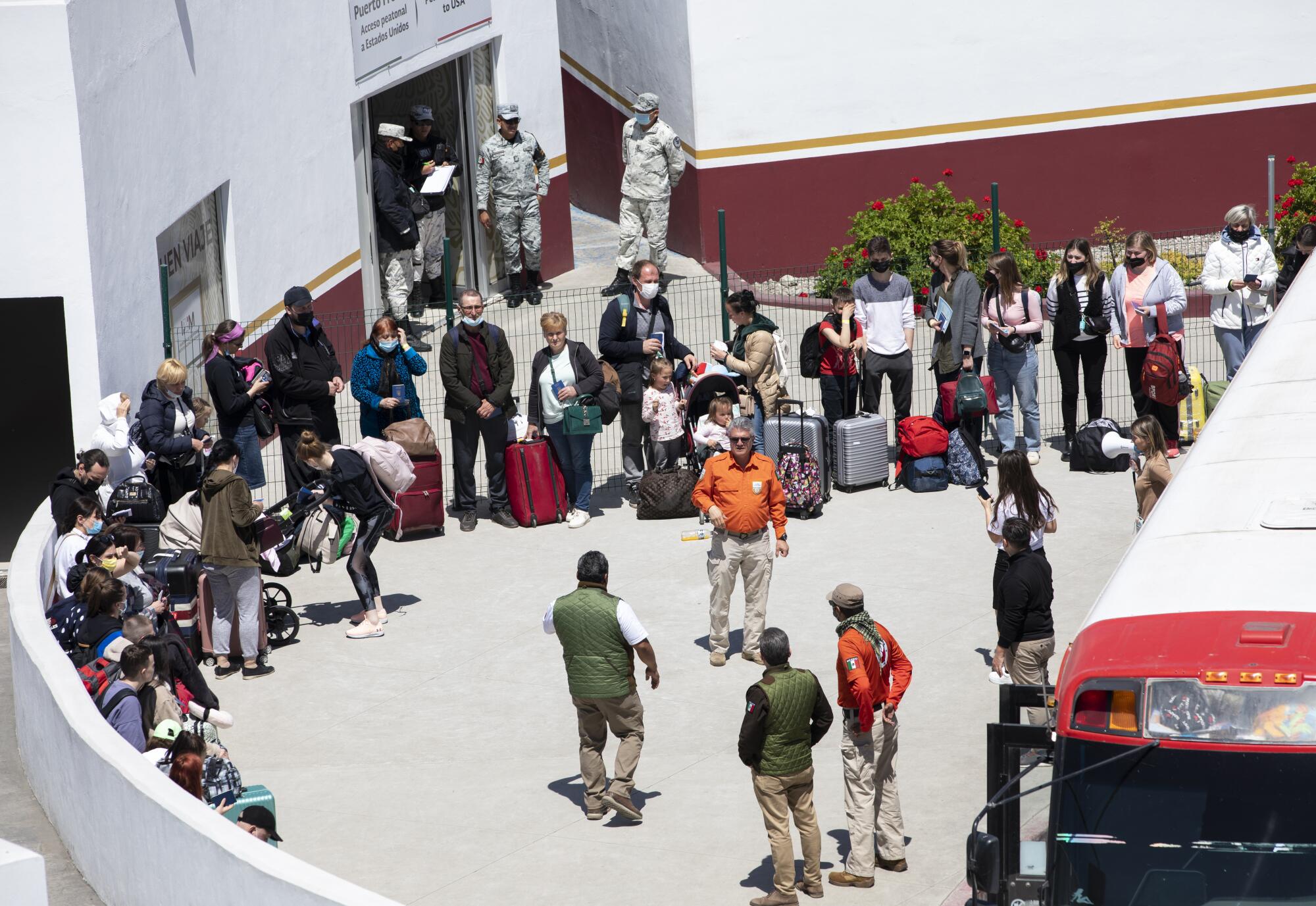
Even with two attorneys helping him, Armash was unable to get in touch with his fiancee for days. Attorney Kristina Ghazaryan said she repeatedly left messages for ICE officials at the detention facility, who never called her back.
“I was really unhappy with the situation, because for eight days, there was no officer assigned,” Ghazaryan recalled.
Finally, she reached an ICE supervisor and was able to get the case moving. Several of the Ukrainian women, including Armash’s fiancee, were released days later with humanitarian parole.
Harder to get out
Russians fleeing their country because they disagree with the war and fear the repercussions they face as political dissidents under President Vladimir Putin have had a more difficult time entering the United States than Ukrainians.
Those who have managed to get onto U.S. soil have faced similar in-custody experiences to the Ukrainians who crossed early in the invasion. But for the Russians, getting out of detention is more complicated.
They are generally held in ICE custody until they pass screening interviews that are the first step in the asylum process. Then, they get documents telling them to appear in immigration court for further proceedings on their asylum cases. The Ukrainians do not have immigration court cases.
Margaret Cargioli, directing attorney with Immigrant Defenders Law Center, said she’d had issues trying to reach a Russian husband and wife after they went into the port of entry.
Cargioli declined to explain how the couple managed to get that far. They entered the same day that a group that had been camped by the pedestrian entrance to the San Ysidro Port of Entry was quietly processed by officials.
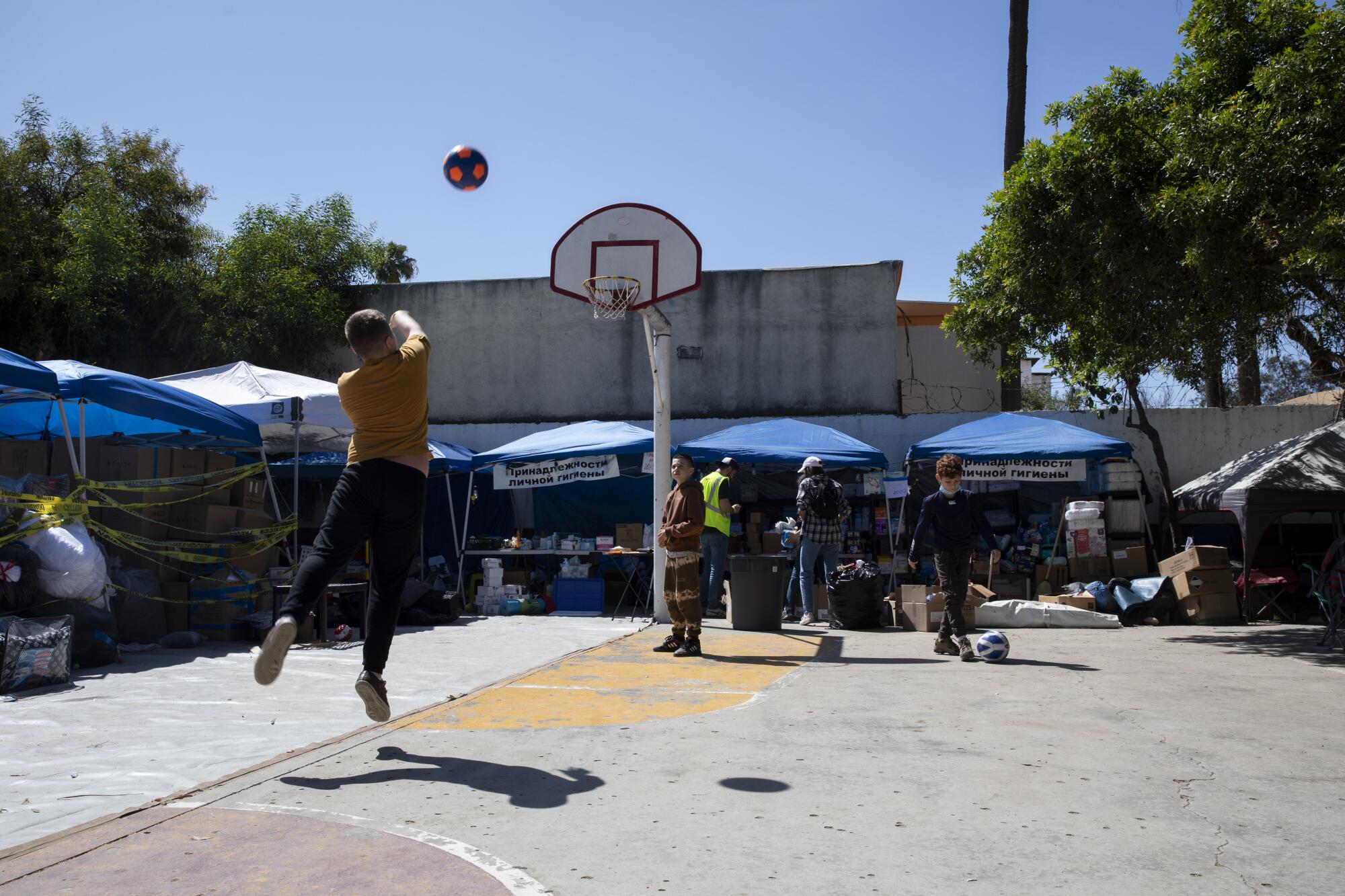
The attorney called the port of entry to speak with her clients and was told to call back that evening. When she called back, she was able to speak with the wife for a few minutes to go over what to expect, but in the middle of the conversation, a CBP officer told her she couldn’t discuss her client’s upcoming screening interview and hung up.
Cargioli called back several times with no answer. She finally reached a supervisor who accused her of coaching her client.
“He said, ‘You’re her attorney in court. If we had everyone here speak to an attorney, we’d never get our work done,’ ” said Cargioli, who took notes on the conversation.
Despite Cargioli’s insistence that her client had a right to speak with her, the supervisor said it would have to wait until the client was moved to ICE detention.
The wife was sent to Otay Mesa Detention Center in San Diego, while the husband ended up in a facility in Mississippi. Adult family members are often sent to different detention centers, which can complicate their asylum cases because they lose the ability to call each other as witnesses.
Even after they were in ICE custody, confusion among staff at the detention center about her client’s right to a free legal call delayed Cargioli’s ability to communicate with the wife by a day, the lawyer said.
Cargioli said she has experienced these challenges since she started working with clients at the border a few years ago.
Unclear future
Before the pandemic shuttered asylum processing at ports of entry, most asylum-seekers who arrived without children were required to stay in ICE detention facilities for months, and often for the duration of their cases.
But for Ukrainians who have come to the U.S.-Mexico border in the past couple of weeks, the experience has changed dramatically.
Calvary Chapel offers food, shelter for evacuees headed elsewhere
They do not spend time in custody. Rather, buses drive them from a sports complex owned by the city of Tijuana that has been turned into a shelter to a special entrance at the San Ysidro Port of Entry that remains closed to other pedestrians. Within hours, they walk out the other side to volunteers waiting with hot meals and offers of temporary housing and travel to their final destinations around the United States.
According to a volunteer checking in new arrivals to the sports complex shelter, CBP has been processing between 300 and 600 Ukrainians per day.
Ghazaryan said she is no longer receiving frantic phone calls from people asking for help getting their Ukrainian loved ones out of custody. But Russians who manage to cross the border are still likely to end up in detention, at least temporarily, if they are not with children.
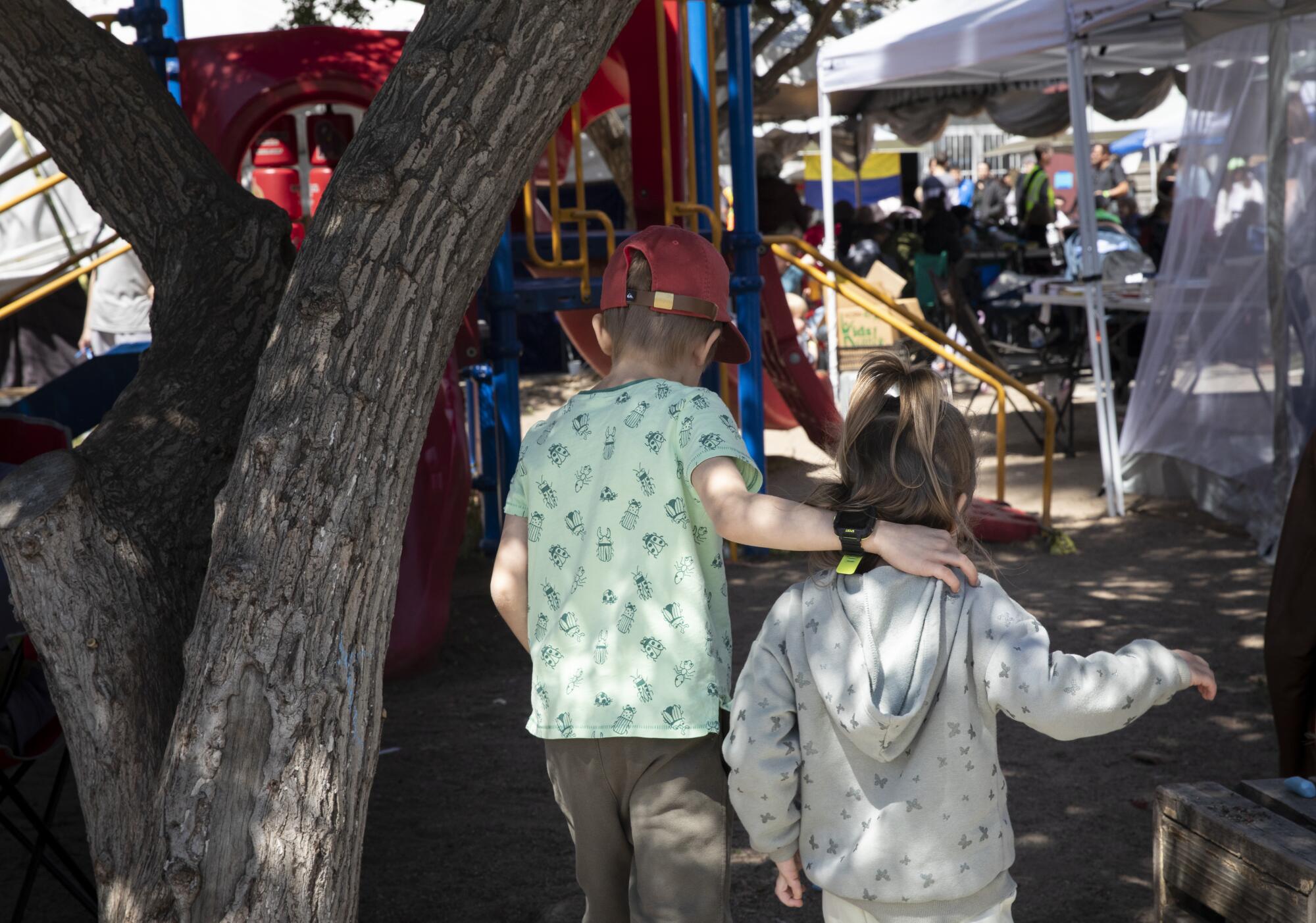
And for others who have not been able to request asylum in years because of Title 42 — including Mexicans, Guatemalans, Hondurans, Salvadorans and Haitians — it is not clear which version of processing will receive them once that policy ends May 23.
For Kateryna and her loved ones, her small taste of the treatment that asylum-seekers have long received at the U.S.-Mexico border was enough to convince them that it was not something that anyone who is fleeing for their life should have to experience.
“It’s almost like an endurance test to see if you’re strong enough — it’s honestly disgusting,” Constantine’s friend Laudati said in a group call. “[Officials] treat them like they’ve committed a murder.”
“They break you down,” Constantine agreed.
“It feels really scary,” Kateryna added.
Morrissey writes for the San Diego Union-Tribune.
- Share via
Watch L.A. Times Today at 7 p.m. on Spectrum News 1 on Channel 1 or live stream on the Spectrum News App. Palos Verdes Peninsula and Orange County viewers can watch on Cox Systems on channel 99.
More to Read
Sign up for Essential California
The most important California stories and recommendations in your inbox every morning.
You may occasionally receive promotional content from the Los Angeles Times.
